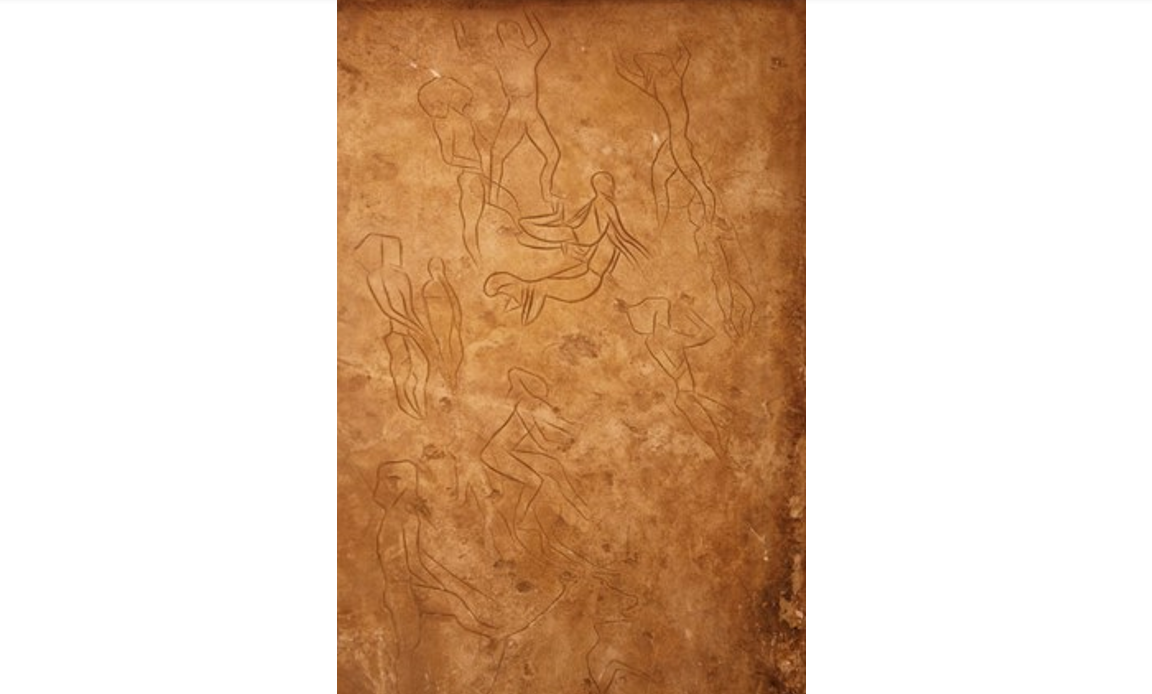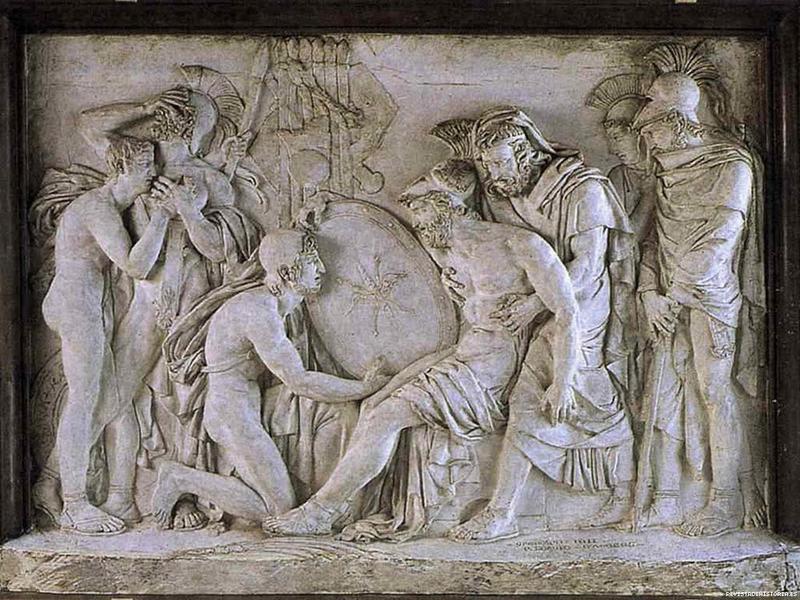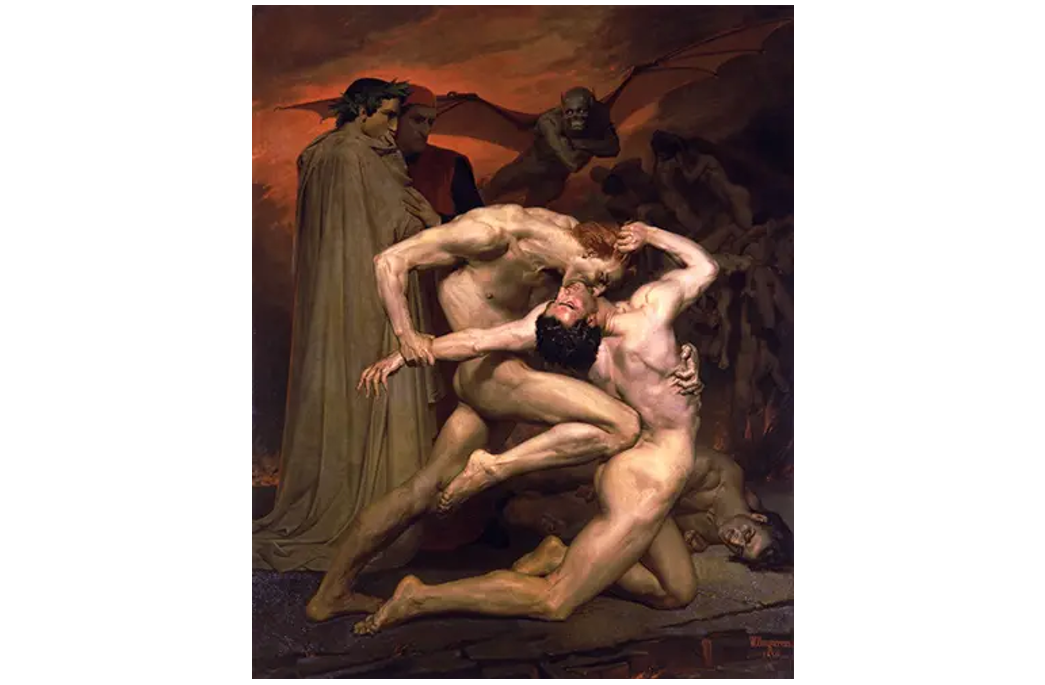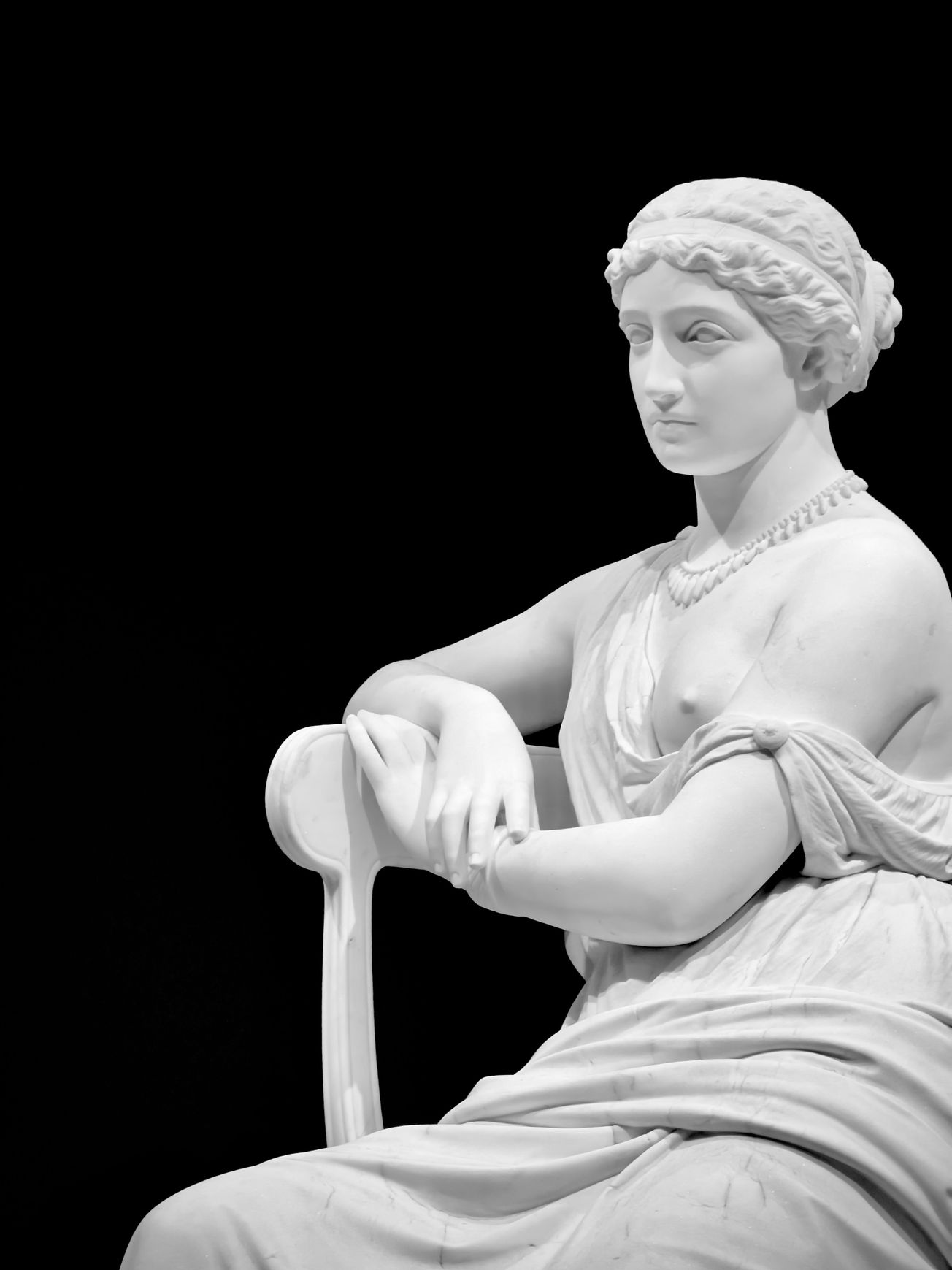By Melissa Braine, Arts Deputy Editor
Throughout history, LGBTQ+ experiences have been recorded through a multitude of art forms: literature, poetry, art, print, sculpture, performance, photography. Although many pieces have been destroyed or lost, those that remain showcase the passion and devotion of LGBTQ+ artists and their loves and desires. It is crucial to reflect upon these pieces and acknowledge the power of art as a space for queer expression and liberation in a world that has, and continues to, silence their physical voice.
LGBTQ+ individuals have always existed, albeit using different languages, expressions, and understanding. However, what remains common is the expression in which ambiguity and secrecy is transformed into artistic passion, identity, and desire. Art provides a safe space; a place in which queer artistic communication can exist in its truest, most unapologetic form without uttering a word in explanation. Historical queer narratives are preserved within these pieces and present to us queerness in all its authentic beauty.
Dating around forty-thousand years old, one of the earliest pieces of evidence of human art are cave paintings. Pieces that are interpreted as same-sex eroticism have been connected to those who lived in the late Upper Paleolithic period, including phallic “rods” and cave paintings. Assumed as the earliest recorded proof of homosexuality in the historical record, one particular cave painting in Mount Pellegrino, Sicily, was discovered in 1953 by archaeologist Jole Bovio Marconi.

The piece depicts two men positioned on top of each other, surrounded by other men wearing bird masks dancing in a circle around them. All of the subjects within this piece have erect phalluses in parallel to each other, leading Marconi to the interpretation of this painting as a homoerotic ritual for a deity or god.
It is undeniable, then, that the existence of queer genders and sexualities have harmoniously existed for centuries. It wasn’t hidden, nor was it a taboo. In fact, it was quite literally written on the walls for everybody to see. It is with a reflection on this early piece that I ponder when and why cultures began to quieten queer expression?
Roughly two-thousand three-hundred to two-thousand eight-hundred years ago, homosexual relationships played an integral role in Ancient Greece, as reflected in the era’s art. As depicted in the popular Greek re-telling The Song of Achilles by Madeline Miller, it was believed that men who maintained close, devoted relationships with each other would be more courageous warriors. Love between two men was celebrated and honoured, and depicted as such within Greek literature and sculptures.
A relief shows the devotion and loyalty of the lovers in the Sacred Band of Thebes, consisting of one hundred and fifty male couples. True pain and solace is carved into these stone subjects, capturing a sincere moment of our Queer history. In Plato’s Symposium, penned around 370 BC, he wrote “No man is such a craven that love cannot inspire him with a courage that makes him equal to the bravest born.” Queerness is historically brave and mighty, and I think there is great power and solidarity in the artistic commemoration of the ‘Army of Gay Lovers’.

Refining the lyric meter and innovating poetic first-person form, Sappho of Lesbos has been considered one of the best poets of Ancient Greece and is often referred to as ‘the Poetess’. She composed sweet verses on a variety of topics, including desire, passion, and love directed towards female muses. One of her most famous and significant poems is Sappho 31, an ode to the yearning attraction and anxious confession of love between two women.
One of my favourite stanzas is as follows: ‘and lovely laughter, which, as it wafts by, / sets the heart in my ribcage fluttering; / as soon as I glance at you a moment, I / can’t say a thing,’. I think it is the personal, tender intimacy of her poetry that I am in awe of and find so emotive. That a singular moment of passing laughter is enough to make a woman fall so utterly in love she becomes speechless, whilst also maintaining the notion that this love is pure, yet somewhat dangerous, in its powerfully incapacitating nature. Sappho records love in all its terrifying strength, and desire in all its intensity.
Many art movements and genres are inherently queer in their experimental and ambiguous celebrations that move away from accepted artistic customs, such as the pop art of Keith Haring and Andy Warhol, and the neo-expressionist paintings of Jean-Michel Basquiat. My favourite of these genres is the Gothic, a genre that is so horrifically experimental that it stretches all boundaries beyond comfort. It is supposed to be uncomfortable; it leaves an opening for truth to be told and conventions to be questioned.
Through the literature of the likes of Shirley Jackson, Matthew Lewis, Oscar Wilde, Sheridan Le Fanu, and many others that associate identities and experiences with the uncanny and the monstrous, a shared identity is found within the ‘otherness’ and a narrative is gifted to those who are villainised.

A commonly associated oil on canvas is William-Adolphe Bouguereau’s Neoclassicist painting, Dante and Virgil in Hell (1850), depicting a scene from Dante Alighieri’s narrative poem Divine Comedy (1308-1321), which describes Virgil’s guidance of Dante through hell to indicate a road to salvation, whilst they look upon several subjects of sin. The painting is sensual in its portrayal of wrath, with one man biting the other’s neck and holding his knee forcefully into his back to manoeuvre his masculine form into submission. These subjects are illuminated by intense contrast, drawing the eye to the gothic homosocial desires that they covertly represent. It is violent yet homoerotic by its purposefully exaggerated exposure of bodily appetites.
It is within the Gothic where desires are portrayed so passionately, and it is why I respect the genre for re-interpreting and asserting queerness as something that is powerful, whilst integrating it within the institutions and medias that try to suppress the conversation.
I acknowledge that my short exploration of queer history through art is not all-encompassing, nor does it cover the diversity of gender identities and sexualities over transnational history. My discussion has been brief, but I encourage you to research and reflect upon art that speaks about queer truth and historical existence.
Featured Image: Courtesy of Liam Matthews, Unsplash
What is your favourite piece of LGBTQ+ art?









